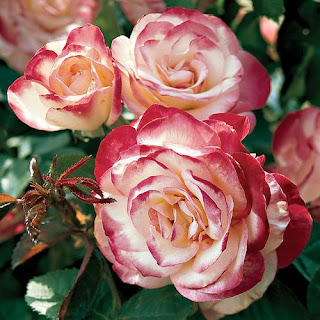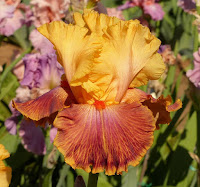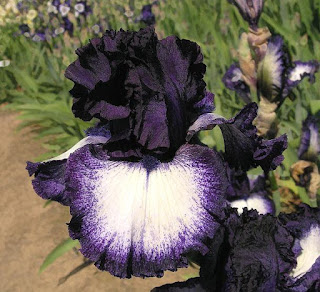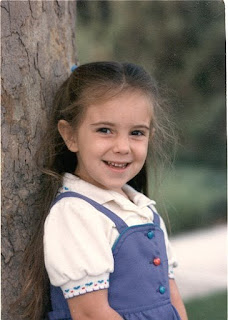A BRIEF HISTORY OF THE ATWATER UNITED METHODIST CHURCH
1908 – 2016, written by a long time member of the church
Before churches were established in newly settled areas, families usually gathered in homes for what was often called “Sunday School.” In 1908 Reverend Steed was appointed to the Livingston Methodist Church and given the charge to establish new congregations in the outlying areas including Atwater and Winton. The small group of families in Atwater began meeting in a local community hall and soon began making plans to build a church. George Bloss Sr. donated two parcels of land at Third and Cedar Streets. The church was built and dedicated in September 1910, becoming the first church in Atwater. Though the official membership only numbered 8 members, by 1911, there were 50 students in the Sunday school with 10 teachers. The first children baptized in the new church were 4 Arnold children (including the father of Bill and Larry Arnold). As the church attendance grew a parsonage and a Sunday school wing were soon added.
In 1913, A.P. Peel was appointed as pastor of the Atwater Methodist Episcopal Church, continuing a list of appointments over the years—now numbering 39 with the addition of Pastor Joseph Vang’s name. Some have served only briefly, others for a number of years. During this time, the Methodist Conference worked to unite the small group in Winton with the Atwater congregation, and in 1922, the Winton congregation sold its building and donated the funds to help pay for improvements to the church and additions to the small parsonage and the classrooms. As all homeowners know, maintenance of buildings and improvement in equipment is a never-ending need. The building at Third and Cedar is still in use after more than 100 years because of the dedication of all those members who, year after year, raised funds and did the necessary maintenance chores to keep the building in good repair.
Life in the church changed little during the next 25-30 years. Businesses and the church weathered the years of the Depression and World War II. By 1950, Castle Air force Base had been reactivated (after being downsized in 1946), and young families began moving into the area and were searching for housing for their families and for a church “home.” Attendance at Third and Cedar climbed rapidly and soon attendance numbered 200 or more each week. In 1955, a new parsonage on First Street was purchased so the old one could be used for meetings and for more Sunday school classes.
In 1956, plans were begun to purchase land for a new church. Several families donated $1000 each for the down-payment on the land at Bellevue and Linden. People wondered why they were going so far out where the streets were not paved and the land, once a pasture, was covered by scrub trees, and contained an old ditch. Members of the church removed the trees, leveled the land and began making building plans. Two years later a building boom was taking place in Atwater- housing developments had reached to Bellevue, streets were being paved, and the population had more than doubled, with no end in sight.
In 1958, plans were drawn for the Fellowship Hall. A building fund pledge drive was held to raise $65,000 in three years. On August 28, 1960, the groundbreaking ceremony for the Fellowship Hall was held. On February 26, 1961, the building was consecrated and the first Sunday morning service was held. The Thorne wing (offices and 3 classrooms) followed immediately and was named for the sister of George Bloss Jr. who donated funds for the project.
Sunday school was still held at the old church and at Jean Brent’s nursery school (located where the Library now stands.) As soon as the Fellowship Hall was completed, John Cupples built the Sunday school wing for $20,000. On November 26, 1961, the church at Third and Cedar was deconsecrated and the Sunday school participants began meeting in the new buildings.
By 1963, two morning services were being held. Sunday school also met twice allowing for more usage of the available rooms. The old youth building had been moved from Third Street to the new grounds, funds were gathered for a new organ, the Westly Choir replaced the Young People’s Choir, and planning began for the construction of the Sanctuary. After the plans were finalized another 3- year building fund pledge drive was held to collect $80,000 for the construction by the contractor, Arden Hutchings. Groundbreaking took place in March of 1968 and the first service was held on December 8, 1968. As the building was taking place, individuals and families donated extra funds to pay for a pew or for other special items needed in the furnishing of the sanctuary. This day marked a real milestone in the history of the church as it was the culmination of a 10 year project. After sitting on folding chairs in a crowded, often hot, Fellowship Hall for several years, worshipping in the beautiful new Sanctuary was a “dream come true.”
The building fund drives remained active--in the 70’s the parsonage on First Street was sold and a new larger one purchased on Alabama Street and the garage/tool shop and the youth building were built. In 1986, the second half of the Narthex and the Fireside Room were constructed, once again with work of church members under the leadership of John Cupples. Along the way, the parking lot on Bellevue was paved, trees planted, sprinkler system installed, sound system up-dated, and a new organ installed.
By 1990, Castle Air Base had closed and the congregation had lost many of its dedicated members and workers. In 2000, the church faced another difficult time when many members and the pastor voted to leave the Methodist Conference to establish a non-denominational congregation. A retired pastor, Floyd Castillo, was immediately appointed by the Bishop to aid the 60 long-time members who opted to remain, maintain, and rebuild the church they loved. With hundreds of hours of volunteer work and many extra donations, needed repairs were made, cleaning projects accomplished, and improvements made.
During the last few years, four large memorial projects have been accomplished through donations: the AUMC Endowment Fund were installed; the Paul and Sybil Crookham Chapel was dedicated; the stained glass windows in the Sanctuary were funded by family and friends in memory or honor of their loved ones; and video screens were installed in worship and meeting areas. The membership is now stable, new small-interest groups have formed to replace older ones, and Fellowship opportunities are alive and well.
Though there is still work to be done, today we must remember the many, many dedicated members and friends who have worked since 1908 to build these buildings and this congregation that we call, “Our Church home.”
Happy 108th Birthday Atwater United Methodist Church
For a more complete history refer to “A HISTORY OF THE ATWATER UNITED METHODIST CHURCH” by Dale Craft, dated 1996.




























